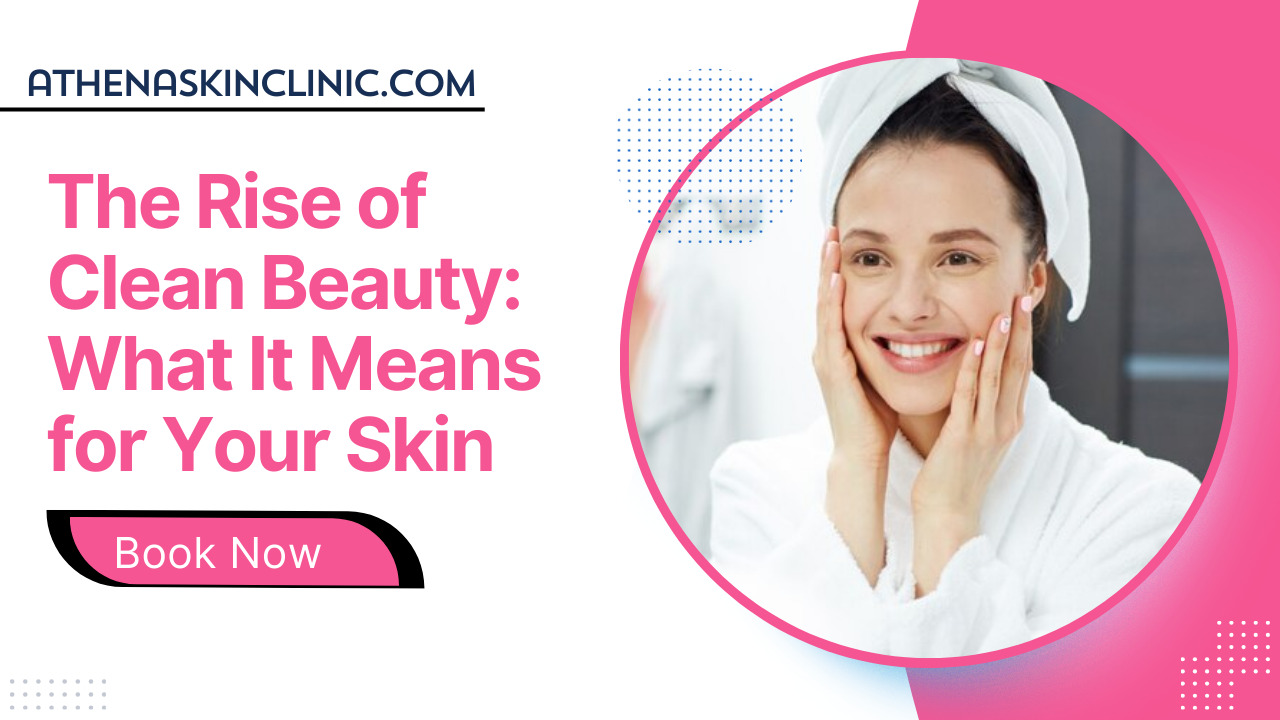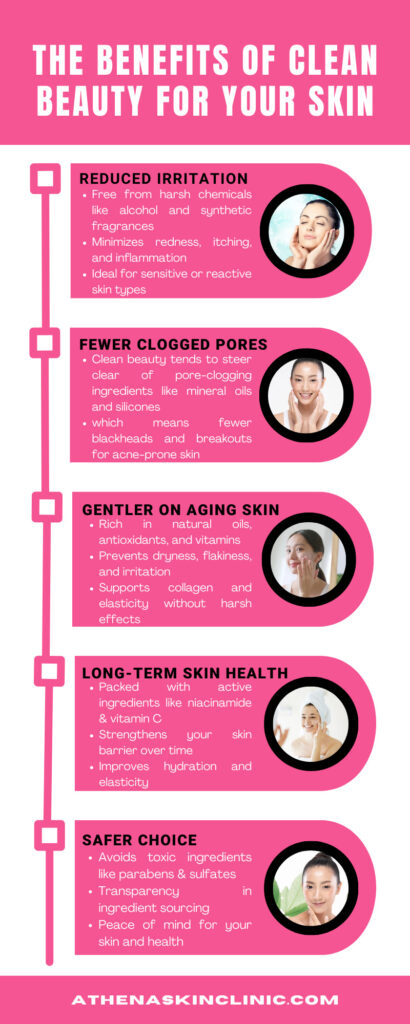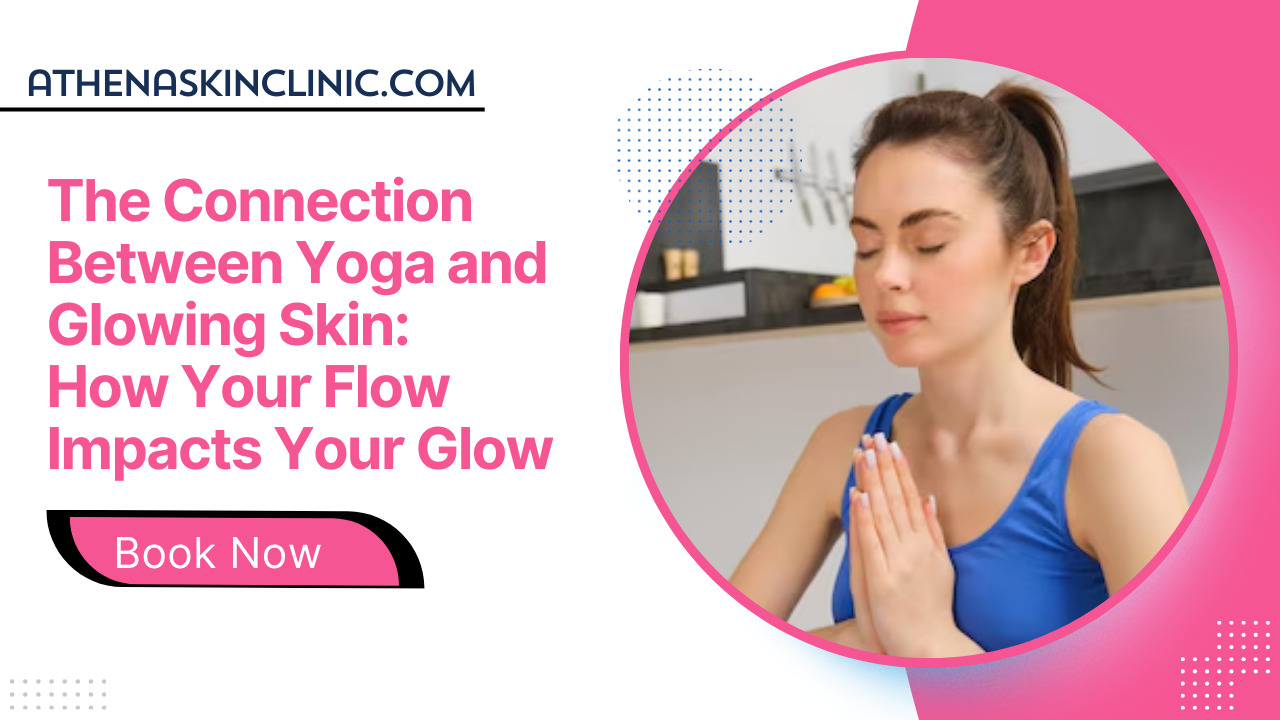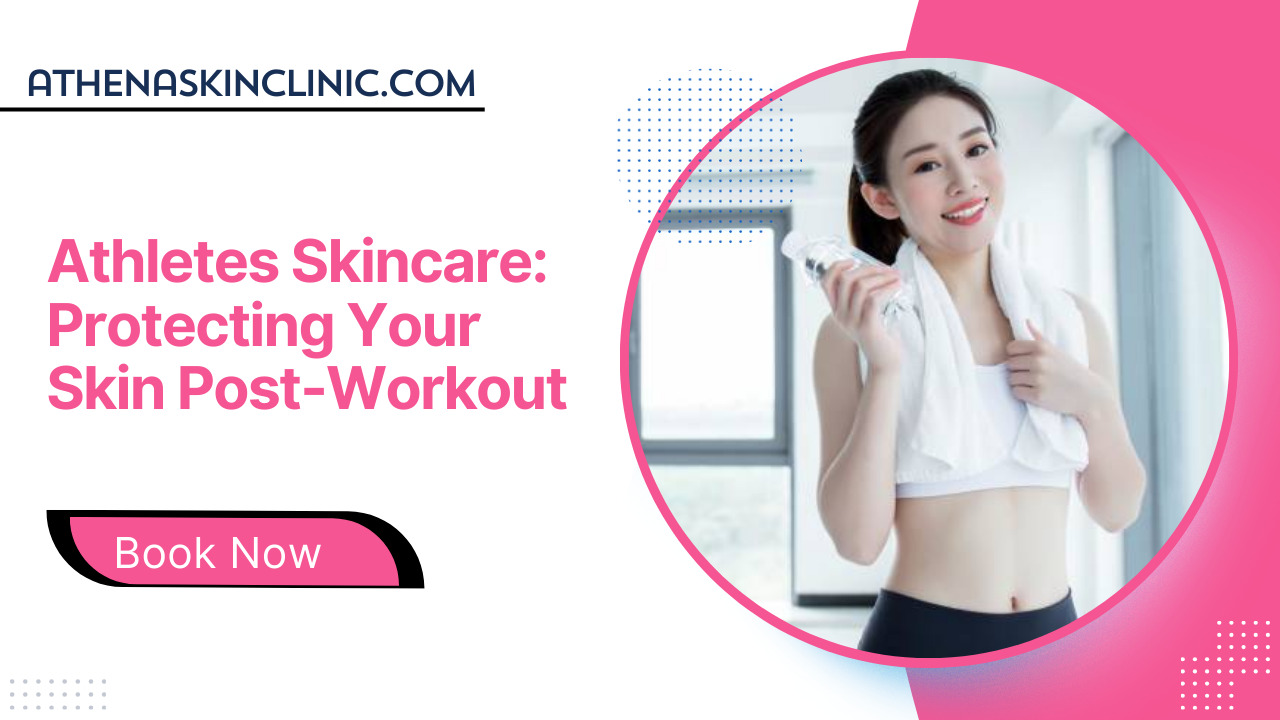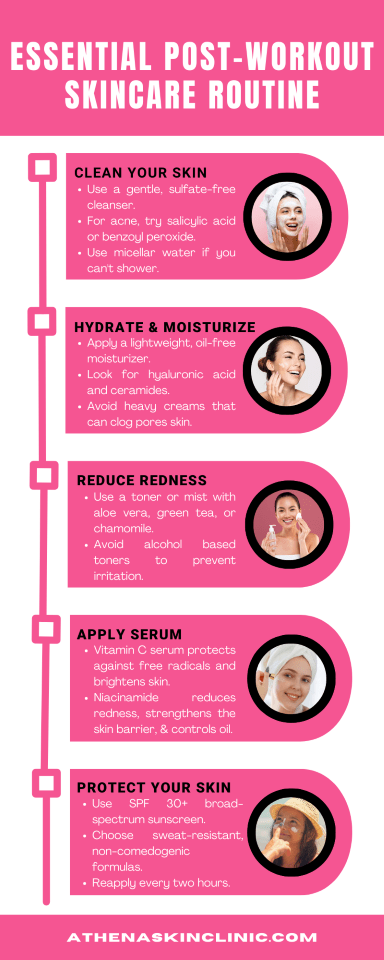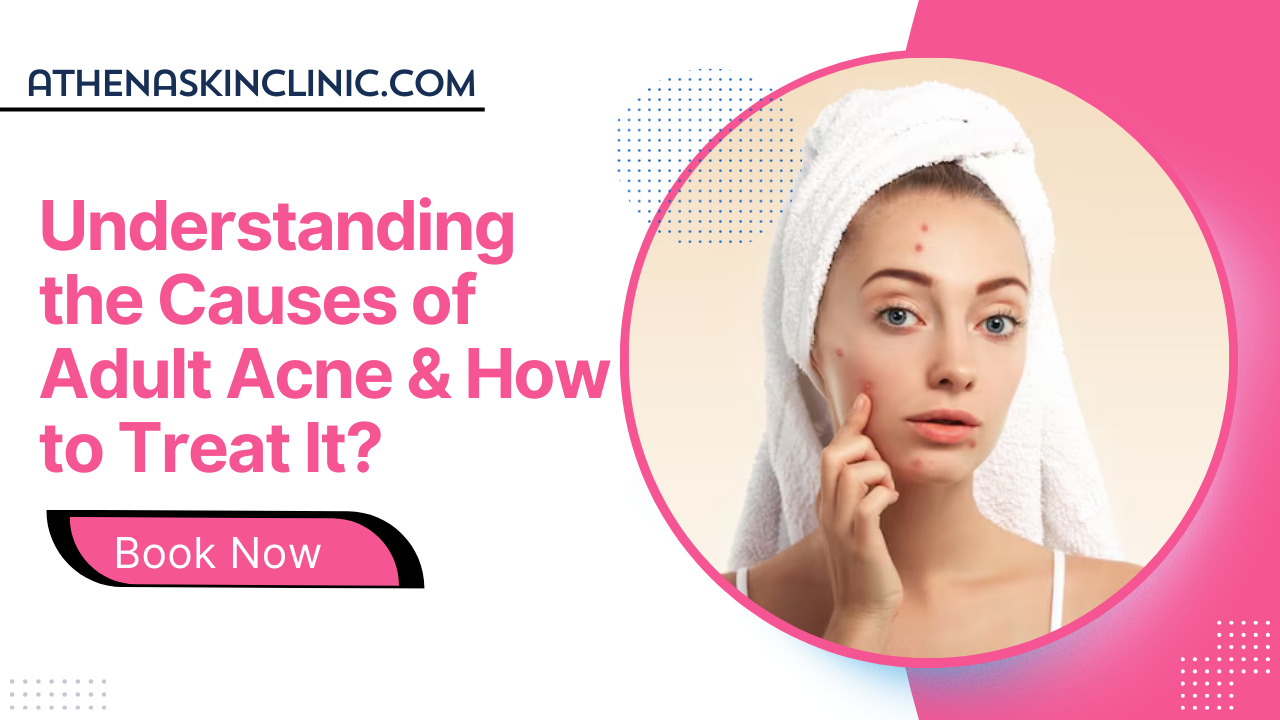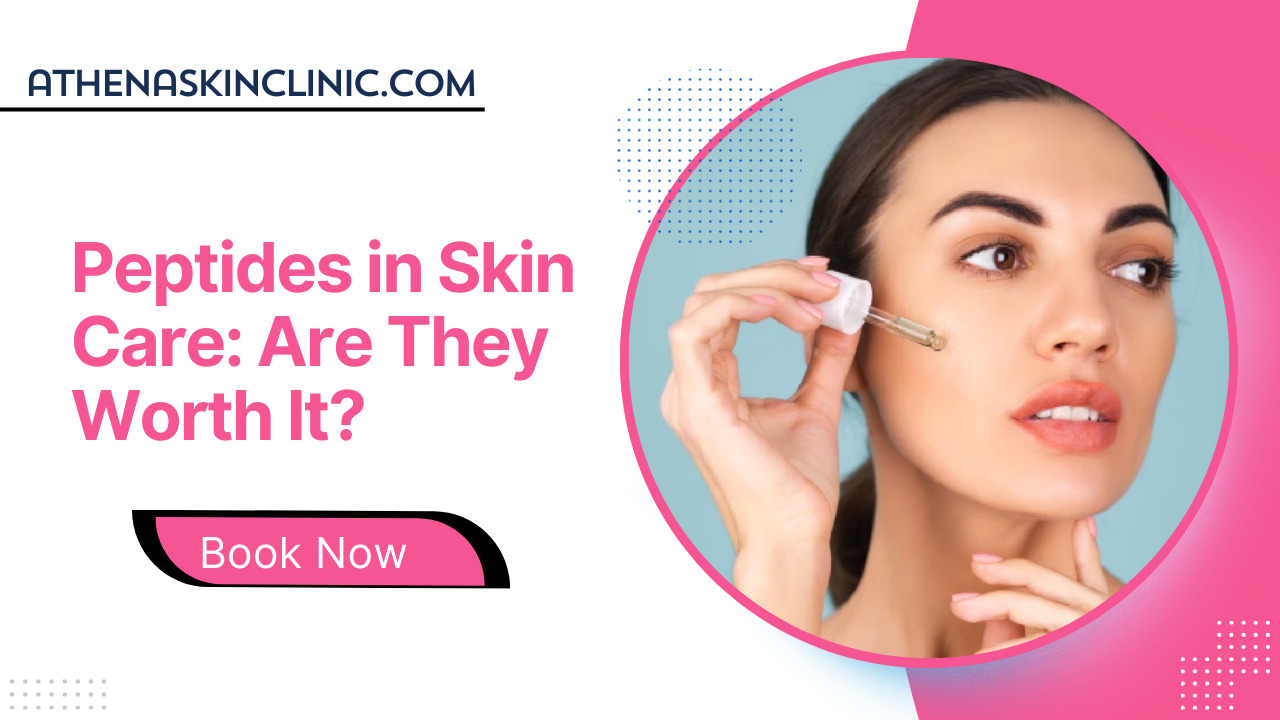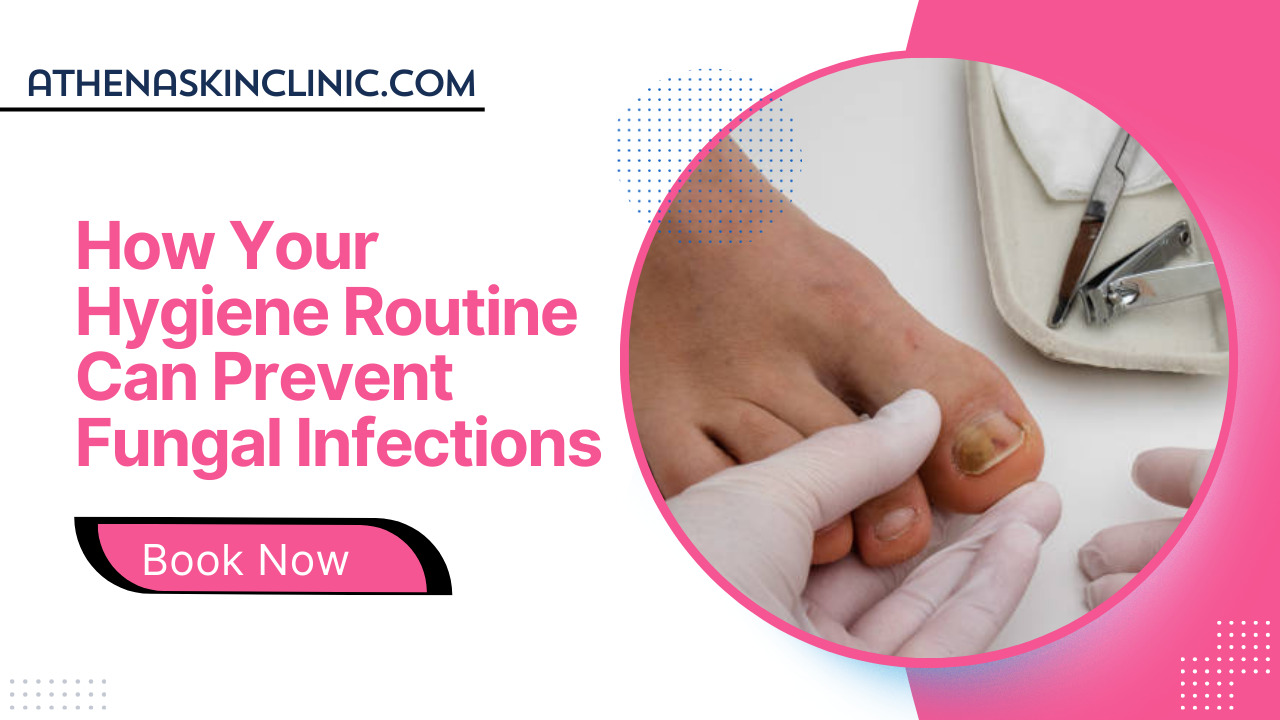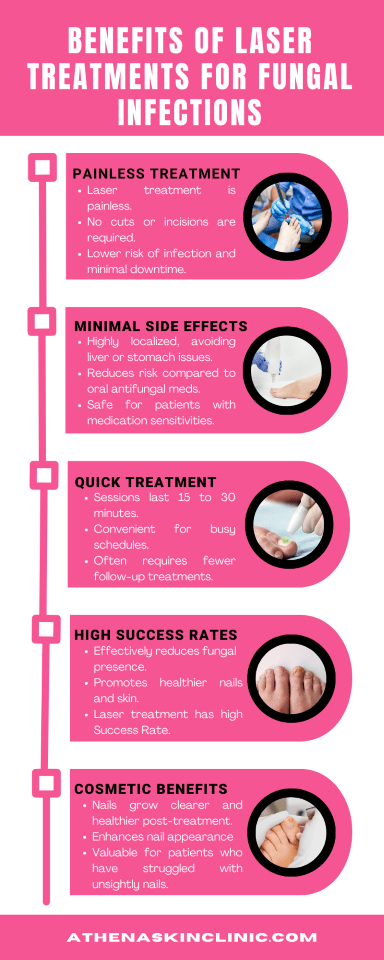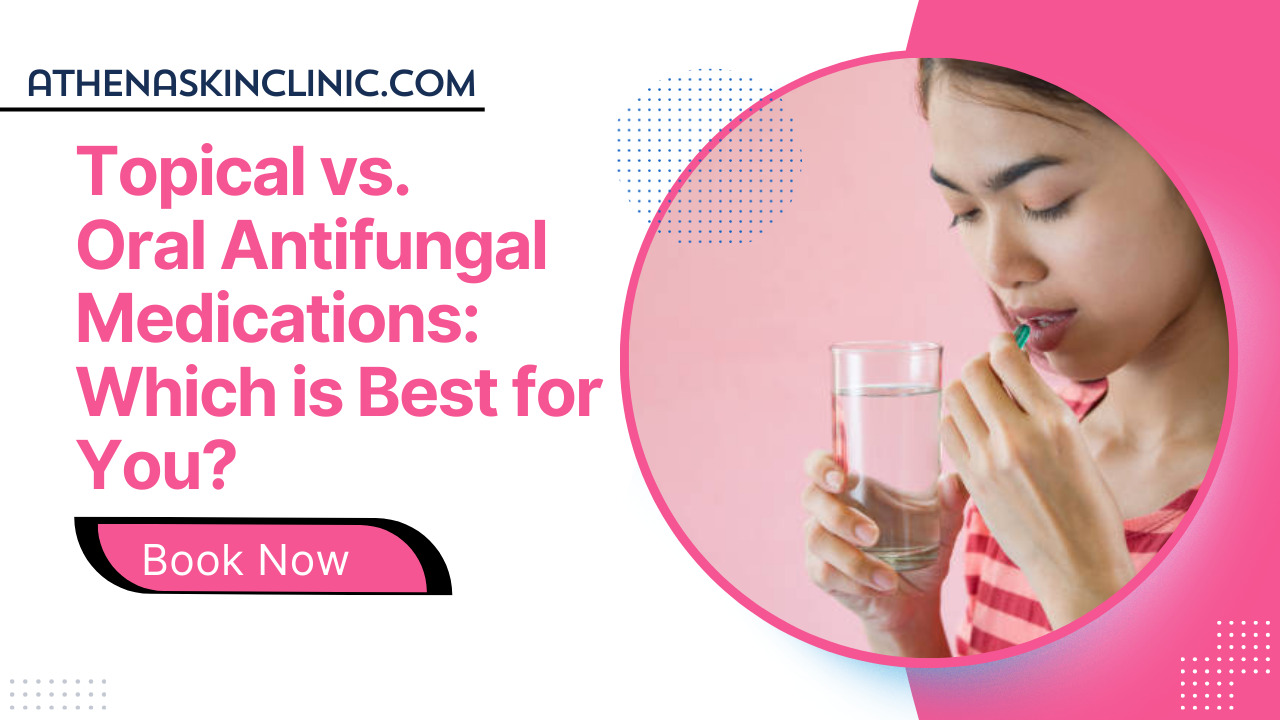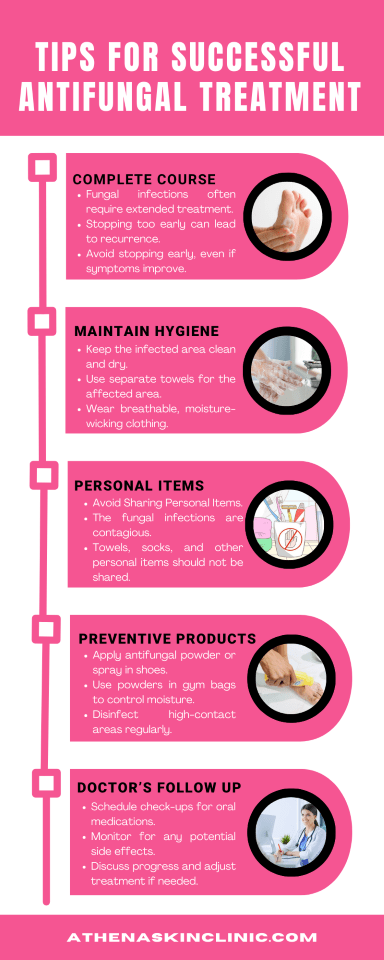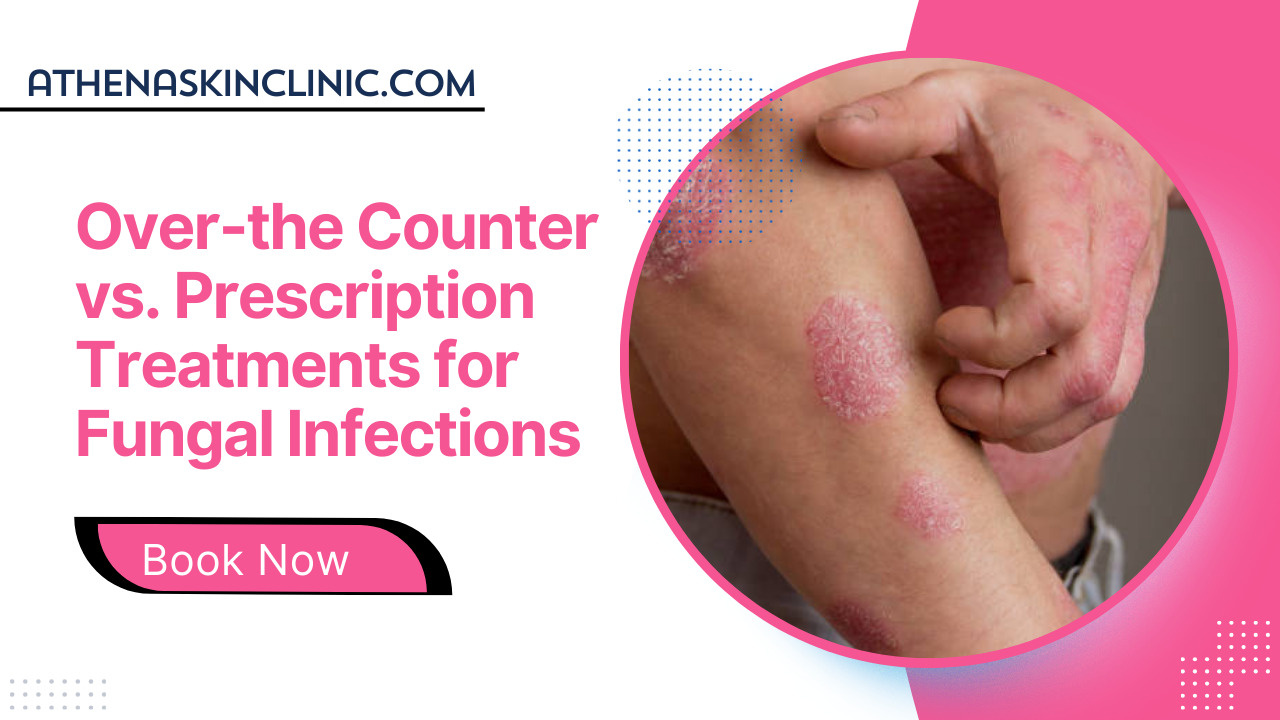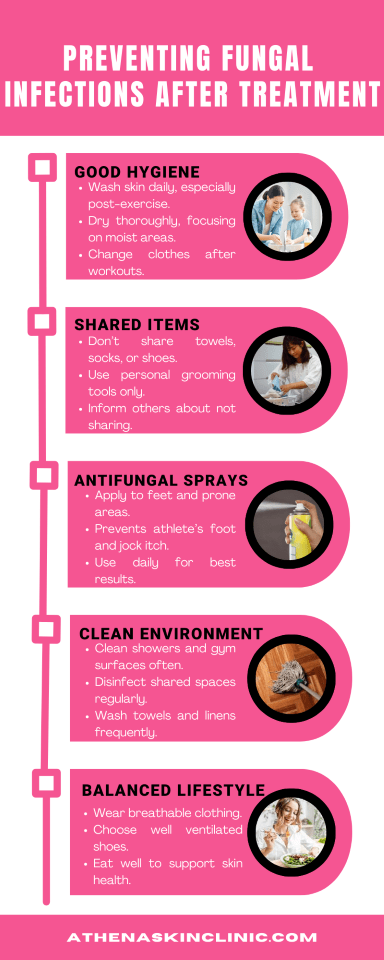In recent years, the beauty world has undergone a quiet revolution. Gone are the days when skincare choices were driven solely by brand loyalty or eye-catching packaging.
Today, more and more people are flipping bottles, reading ingredient lists, and asking an important question: Is this product truly safe for my skin?
This shift has fueled the unstoppable rise of what’s now known as clean beauty — a movement that’s more than just a trend. But what exactly is clean beauty, and what does it really mean for the health of your skin?
Let’s dive in.
What is Clean Beauty?
Clean beauty is all about transparency, safety, and simplicity. At its core, the clean beauty philosophy promotes products that are:
- Free from harmful chemicals (like parabens, sulfates, phthalates, and synthetic fragrances)
- Ethically sourced and cruelty-free
- Often plant-based, non-toxic, and dermatologist-tested
However, “clean” doesn’t always mean “all-natural” or “chemical-free” (after all, even water is a chemical). Instead, it’s about eliminating controversial or potentially harmful ingredients and focusing on skin-friendly formulations that are both effective and safe.
Why Is Clean Beauty on the Rise?
Several factors have pushed clean beauty from a niche market to a mainstream standard:
1. Health-Conscious Consumers
People are becoming more aware of the link between chemical exposure and long-term health effects. Consumers are now questioning not just what they put in their bodies, but also what they apply on their skin — the body’s largest organ.
2. Environmental Awareness
Many clean beauty brands prioritize sustainable sourcing, eco-friendly packaging, and ethical production practices, reducing the carbon footprint of your beauty routine.
3. Increased Transparency
Social media and ingredient-tracking apps have made it easier than ever for customers to decode labels and spot red flags, putting pressure on brands to be open and honest.
The Benefits of Clean Beauty for Your Skin
Switching to clean beauty products can have a real, noticeable impact on your skin’s health and appearance.
1. Reduced Irritation and Sensitivity
Traditional skincare products often contain synthetic fragrances, alcohols, and harsh preservatives that can trigger irritation, redness, and breakouts — especially for sensitive skin. Clean beauty formulations avoid many of these common irritants.
2. Fewer Clogged Pores
Clean beauty tends to steer clear of pore-clogging ingredients like mineral oils and silicones, which means fewer blackheads and breakouts for acne-prone skin.
3. Gentler on Aging Skin
As skin ages, it becomes thinner and more sensitive. Clean beauty products usually rely on plant-based oils, antioxidants, and vitamins that nourish the skin without causing dryness or flaking.
4. Promotes Long-Term Skin Health
Many clean beauty products are packed with natural actives such as hyaluronic acid, niacinamide, vitamin C, and botanical extracts that support your skin barrier, hydration, and overall resilience.
The Clean Beauty Label: Marketing vs. Reality
It’s important to note that clean beauty isn’t a regulated term. This means brands can label products as “clean” without adhering to an industry-wide definition.
For consumers, this means doing a little homework:
- Look for third-party certifications like EWG Verified, Ecocert, or Leaping Bunny.
- Read ingredient labels rather than trusting front-of-package claims.
- Be aware of greenwashing — not every product in a recycled bottle is necessarily good for your skin.
Key Ingredients to Look For in Clean Beauty
While the exact ingredient list varies by skin type, here are some clean beauty staples worth noting:
- Squalane: Lightweight, plant-derived moisturizer.
- Niacinamide: A vitamin B3 derivative known for brightening and balancing skin tone.
- Hyaluronic Acid: Deeply hydrating and skin-plumping.
- Bakuchiol: A natural alternative to retinol, suitable for sensitive skin.
- Vitamin C: Antioxidant protection and brightening.
- Aloe Vera: Soothing and healing for inflamed skin.
Should You Switch to Clean Beauty?
If you’ve struggled with:
- Skin irritation
- Unexplained breakouts
- Sensitivities to fragrance or preservatives
- Ethical concerns about animal testing or environmental sustainability
…then clean beauty is absolutely worth exploring.
That said, it’s important to remember that “clean” doesn’t always equal “better” for everyone. The most important factor is whether a product is formulated to address your skin’s specific needs and concerns — whether that’s hydration, acne control, pigmentation, or anti-aging.
The Future of Clean Beauty
Clean beauty is no longer just a niche; it’s becoming the new standard. Brands are investing heavily in green science, using lab-tested natural alternatives and sustainable biotechnology to create products that deliver both safety and results.
Looking ahead, expect to see more:
- Waterless formulas to conserve resources.
- Minimalist skincare routines — fewer products, more effective ingredients.
- Smart packaging solutions designed to reduce waste and extend shelf life naturally.
Final Thoughts
The rise of clean beauty is more than a passing fad — it’s a reflection of the growing desire for healthier, safer, and more transparent skincare choices. Whether you fully commit to clean beauty or simply introduce a few cleaner options into your regimen, the shift toward understanding what you’re applying to your skin is already a huge step toward better skin health.
If you’re interested in personalized guidance on clean beauty products for your skin type, your dermatologist in Chandigarh can help you build a routine that’s both safe and effective — no guesswork required.

